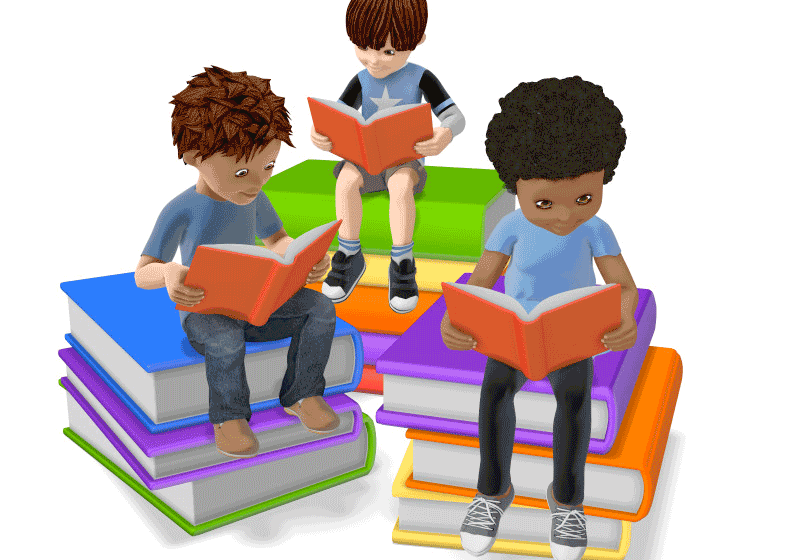Reading Comprehension
January 10, 2023

Learning to read requires huge changes in the brain’s wiring because it combines visual, auditory, and language information simultaneously. Each time a word is read, the brain must recognize a complex pattern, convert an image to a sound, then match the sound with meaning. All of that happens in less than a second. What we tend to forget as adults is one’s ability to match sound with meaning is a process and development that occurs over many years.
So, while a child learns how to read in kindergarten, for some, that means simply the decoding of consonants and vowel letters such as c/a/t. For other students whose reading development is more advanced, they decode more complex phonics patterns such as vowel teams (-ea or sea), consonant digraphs (-ch or chat), blends (-bl or black), vowel-r (ar- or star), and many others.
Once a child learns how to read words, they then learn how to make meaning. For students to make meaning out of what they read, they must have background knowledge and a substantial vocabulary to comprehend. This is where the rubber meets the road. Studies have found that all readers have an oral vocabulary and print vocabulary. As elementary children encounter an unknown word in print, they decode the word to speech (reading). If the word is in their oral vocabulary, the reader will understand (comprehend). If the word is not in their oral vocabulary, they will have to try and determine the meaning in another way. As a result, the larger a reader’s vocabulary, either oral or print, the easier it is for them to make sense of the text.
Teachers work to provide their students instruction and time to practice so many aspects of reading, from phonological (the ability to hear and manipulate units of sounds in spoken language) and phonemic (the ability to hear and manipulate the smallest unit of sound in spoken language) awareness, fluency (the ability to read with speed, accuracy, and proper expression), vocabulary, and reading comprehension. Some students absolutely love to read, and they are often seen carrying a book with them everywhere, choosing to read during their free time, and super excited to go to a library or bookstore. For other children, though, who might not enjoy reading because they are still developing the ability to decode, read fluently, and comprehend, reading is not pleasurable. In those cases, it is imperative reading is prioritized and supported in the home.
Parents should read aloud to their children, even those in fourth grade, because it is the number one way for children to develop new vocabulary. Parents should also model pleasure reading themselves. Make it a point to put the phone down and pick up a book in front of your child.
Expose your child to museums, play board games, and watch the Discovery Channel together. Children need exposure to a variety of contexts to build vocabulary and background knowledge for non-fiction texts. Additionally, children benefit from discussions with parents about their own feelings and the feelings of others. That helps with better understanding the richness of characters, the challenges they face, and interpreting theme.
Ultimately, it is important to understand that decoding, fluency, and reading comprehension are complex, multilayered processes that develop and build over time. When students are taught by skilled reading teachers in school and supported at home by engaged parents, their reading blossoms.
“Today a reader, tomorrow a leader.” – Margaret Fuller
Posted in Academics